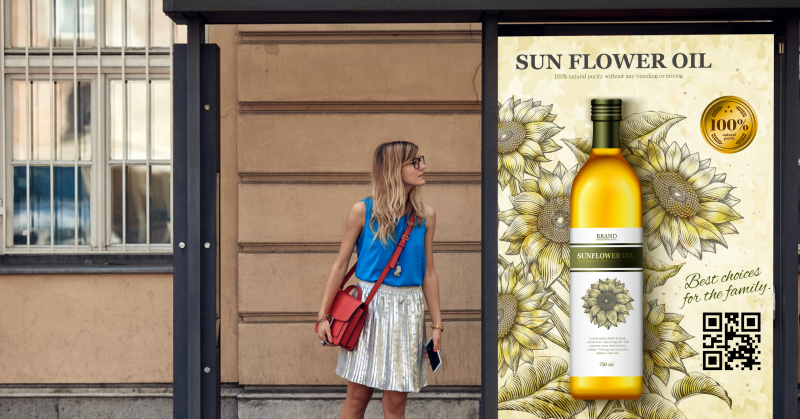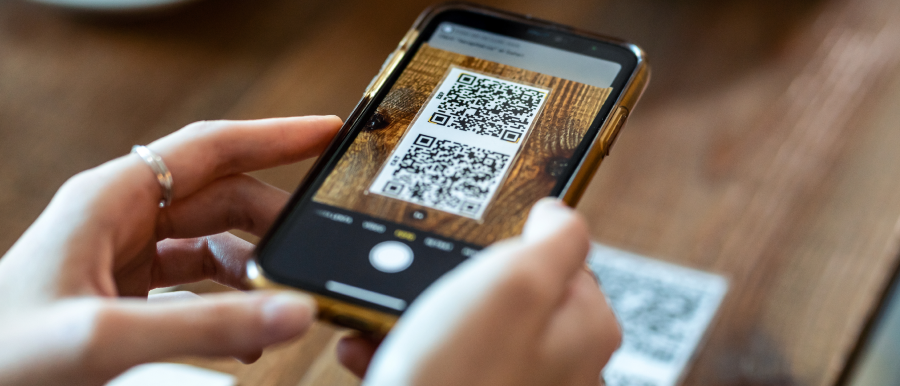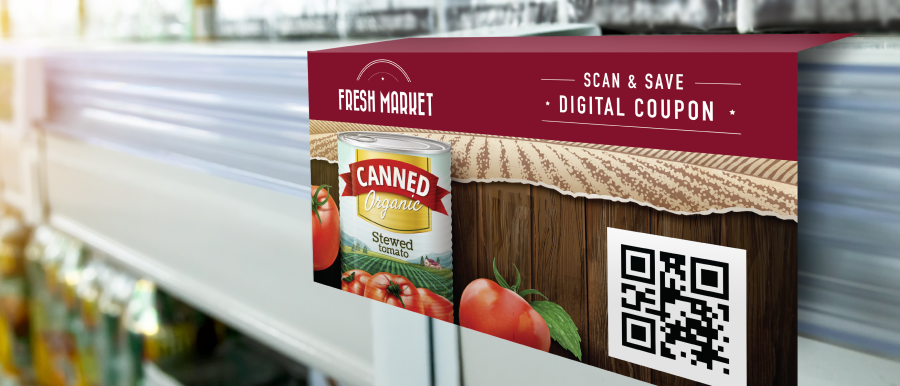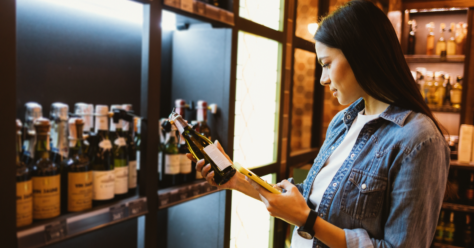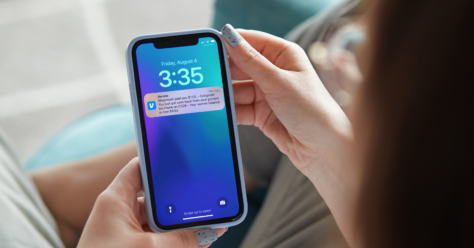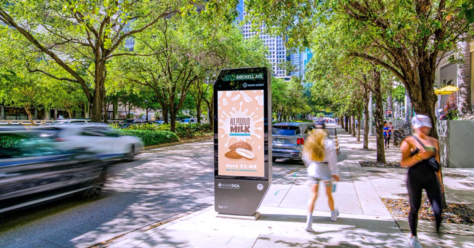Resurgent QR Codes Bring Promotions, DOOH to Life
For as quickly as contemporary technology evolves, you might have assumed QR codes were left for dead years ago. First developed in the 1990s, QR (quick response) codes and their distinct machine-readable, black-and-white grids are today experiencing a resurgence to the benefit of advertisers and consumers alike.
Earlier this year, a TV ad during Super Bowl LVI served up a case study for the potential of QR codes to connect brands with an audience. The 60-second spot for Coinbase, a cryptocurrency exchange, featured a QR code bouncing around the screen to direct viewers to the platform’s app. The colossal response crashed the Coinbase app almost immediately.
The ad’s overwhelming engagement underscores how the use of QR codes has become second-nature for American consumers. Viewers saw the code and instantly knew how to use it, proving its utility for brands to offer consumers an element of interactivity.
Pandemic Reintroduces QR Codes
Covid-era safeguards altered consumer behaviors and business operations in far-reaching ways. In restaurants, tables moved farther apart and hand sanitizer stations appeared. Instead of physical menus and payment methods that might spread germs, many eateries, bars and cafes printed QR codes on tables or displayed them on signs near checkout. Patrons had to learn the QR-scanning process by necessity.

Although early-2000s Android phones had QR code readers built into their cameras, phone makers eventually scrapped the feature. That left mobile phone users to download a third-party app to be able to scan the codes.
In 2016, Android re-introduced built-in QR code readers, and Apple followed in 2017. This meant users could simply hover their phone cameras over a code and tap to launch the desired action, setting the stage for the technology to bloom in the hospitality sphere and beyond.
Why QR Codes Are So Effective
QR codes find their strength in simplicity and convenience. They’re easy to recognize, which makes it easy for consumers to engage. There are alternate, higher-tech scanning options like near-field communication (NFC) systems, which are common in contactless payments and keyless entry but require more steps for retailers to implement. QR codes are straightforward—consumers know to pull out their phones when they see one.

QR codes give brands and retailers the ability to add another layer to campaigns by including engaging calls to action on merchandising displays, potentially increasing results from the same investment.
Perhaps the most important opportunity for advertisers is igniting interactivity in out-of-home (OOH) and digital out-of-home (DOOH) advertising. Consider a digital screen with content inviting a consumer to scan the code for savings or additional information. The conversation moves from the outside world to the consumer’s device, helping brands connect with consumers on a more personal level.
QR Codes for Omnichannel Campaigns
Quotient’s QR code initiative takes the technology inside stores. By placing QR codes on shelf tags, retailers can deploy promotions on specific items and at specific locations. Shoppers are prompted to engage by scanning the code with their smartphone and clipping a digital coupon. Offers are immediately loaded to their retailer loyalty account to be redeemed at the register.

These shelf-level calls to action can help drive consumer engagement, conversions and incremental sales. They also serve as additional, measurable touchpoints in an omnichannel campaign—right at the point of the shopper’s purchase decision.
Are you interested in learning how innovative technology like this can enhance your brand’s omnichannel strategy? Contact our friendly experts today at hello@quotient.com.
